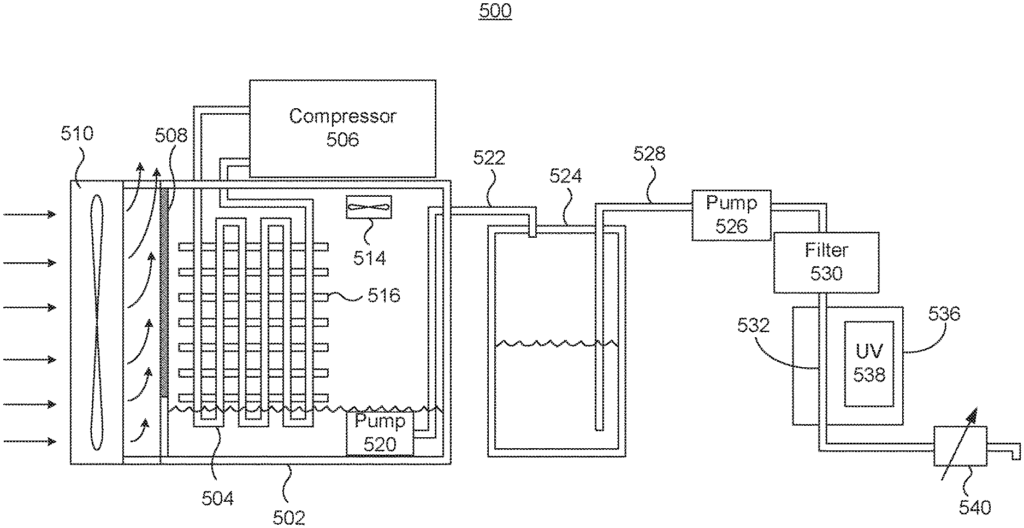Advanced Water Reclamation with Graphene Oxide Filtration
Introduction
Water scarcity is one of the most pressing global issues, affecting millions of people and threatening ecosystems worldwide. Traditional water treatment methods often struggle with energy inefficiency and high operational costs, making them less effective at addressing water scarcity on a large scale. Our patented graphene oxide film technology offers a cutting-edge solution for water reclamation, combining exceptional filtration capabilities with energy-efficient operation. This innovative system allows for the reclamation and purification of water from various sources, providing an eco-friendly and scalable solution for industrial, agricultural, and municipal applications.
Addressing the Limitations of Conventional Water Treatment
Traditional water treatment processes, such as reverse osmosis and distillation, are effective but require substantial energy inputs and infrastructure investment. These systems often face difficulties in removing contaminants like heavy metals, microplastics, and organic pollutants from wastewater. The need for advanced filtration materials that can operate more efficiently, with a higher removal rate of contaminants, is critical for industries and municipalities looking to enhance water reuse efforts and mitigate water shortages.
There is a growing demand for filtration systems that are both cost-effective and environmentally sustainable, offering high performance with minimal energy consumption. The ability to reclaim water from industrial waste streams or agricultural runoff without compromising water quality is crucial to long-term sustainability.
An Innovative Graphene Oxide Filtration Solution
Our graphene oxide film technology introduces a novel approach to water reclamation by utilizing the exceptional properties of graphene oxide for filtration. The thin, highly porous structure of the graphene oxide films enables the selective removal of contaminants, including organic compounds, heavy metals, and pathogens, from wastewater or polluted water sources. The material’s unique chemical and physical properties allow for rapid water flow while maintaining an impressive filtration efficiency, making it ideal for large-scale water treatment applications.
The technology can be applied across various industries, from purifying municipal wastewater to reclaiming water in industrial processes and agriculture. Additionally, the energy-efficient design of the filtration system makes it suitable for use in regions with limited access to energy, providing a sustainable solution for rural communities facing water scarcity.
Key Benefits
- Efficient Contaminant Removal: Graphene oxide films provide superior filtration of heavy metals, organic pollutants, and pathogens.
- Energy Efficient: The technology operates with lower energy consumption than traditional methods, reducing operational costs.
- Scalable: Applicable to a wide range of industries and water reclamation scenarios, from industrial waste to agricultural water reuse.
- Sustainable Water Management: Helps industries and municipalities meet water conservation goals and reduce dependence on freshwater sources.
A Critical Tool for Sustainable Water Purification
Licensing this graphene oxide water reclamation technology offers companies the opportunity to lead in sustainable water management. By combining efficiency, scalability, and environmental impact reduction, this innovation is poised to become a cornerstone of future water treatment and reclamation efforts.

- Abstract
- Claims
What is claimed is:
1. A system for atmospheric water reclamation, comprising:
an enclosure defining an internal volume, wherein the enclosure prevents gases from permeating into or out of the internal volume, wherein at least a portion of the enclosure is a liquid water permeable region that allows water molecules to permeate into or out of the internal volume, and wherein the liquid water permeable region comprises:
11. A method for atmospheric water reclamation, comprising:
providing an enclosure surrounding an internal volume, wherein the enclosure prevents gases from permeating into or out of the internal volume, wherein at least a portion of the enclosure is a liquid water permeable region that allows water molecules to permeate into or out of the internal volume, and wherein the liquid water permeable region comprises:
13. The method of claim 11, wherein the liquid water permeable region is formed by steps including:
14. A method comprising:
creating a liquid water permeable region within a wall of the enclosure, wherein the liquid water permeable region allows water molecules to permeate into or out of the internal volume, wherein the enclosure and the liquid water permeable region together prevents gas molecules and gas atoms from permeating into or out of the internal volume, and wherein the liquid water permeable region comprises:
15. The method of claim 14, wherein creating the liquid water permeable region includes forming a graphene oxide film by:
Share
Title
Water reclamation using graphene oxide films
Inventor(s)
Mark Raizen
Assignee(s)
University of Texas System
Patent #
10589217
Patent Date
March 17, 2020
